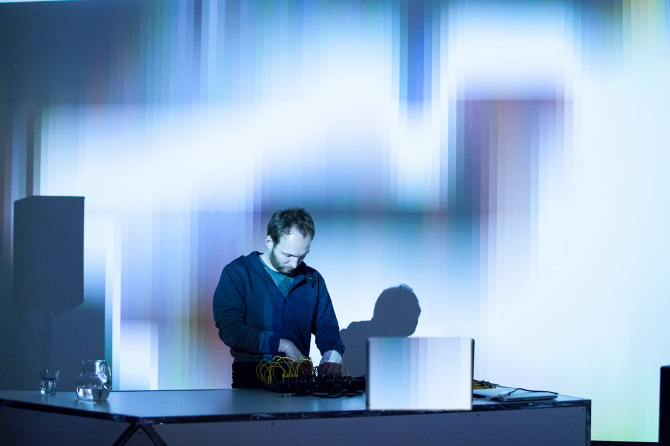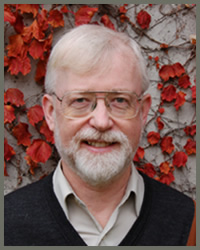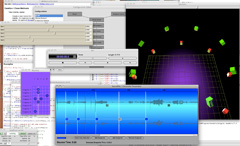Un altro lavoro di ::vtol::
The orchestra consists of 12 robotic manipulators of various designs, each of which is equipped with a sound-transmitting speaker. The manipulators, combined together, form a single multi-channel electronic sound orchestra. Due to constant displacement speakers in space, changing direction of the sound and the algorithms for generating compositions, the orchestra creates a dynamic soundscape. In order to interact with the orchestra, controller Leap Motion is used, that allows to control robots and sound by simple hands gestures in the air – similarly to conducting an orchestra.
The project is based on the idea of a combination of modern music, computer, interactive and robotic concepts and approaches for the creation of works of art. In many ways, it is inspired by well-known works that were presented in the recent past, such as Pendulum Choir (2011) and Mendelssohn Effektorium (2013). However, Nayral Ro is different from these projects in many ways. Its algorithmic system, in which sound and musical composition are being produced, is real time, and the acoustic environment also changes simultaneously with the process of creating the musical piece. Also, the whole process is completely subordinated by the “conductor”, so this a role is similar to such of a composer, performer and operator at the same time.
Creation of more sophisticated versions, more subtly revealing the potential of Leap Motion for tuning to the movement and changes in sound, is being planned for the future development.




